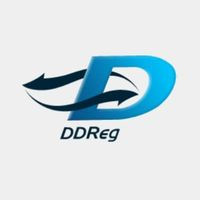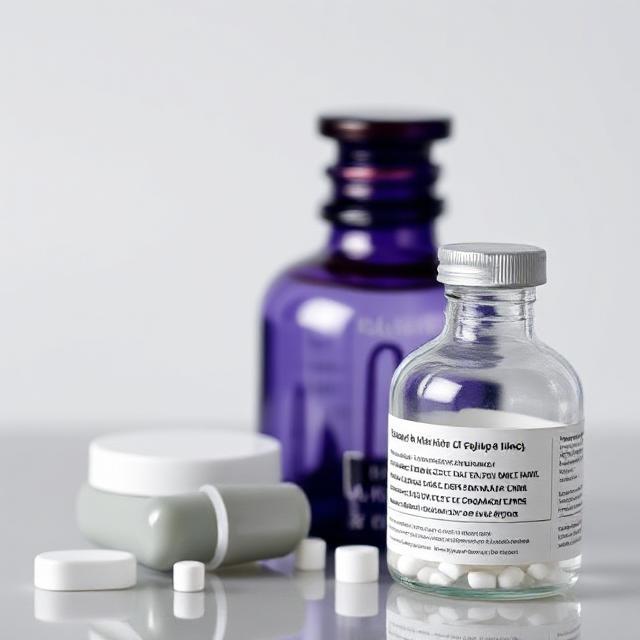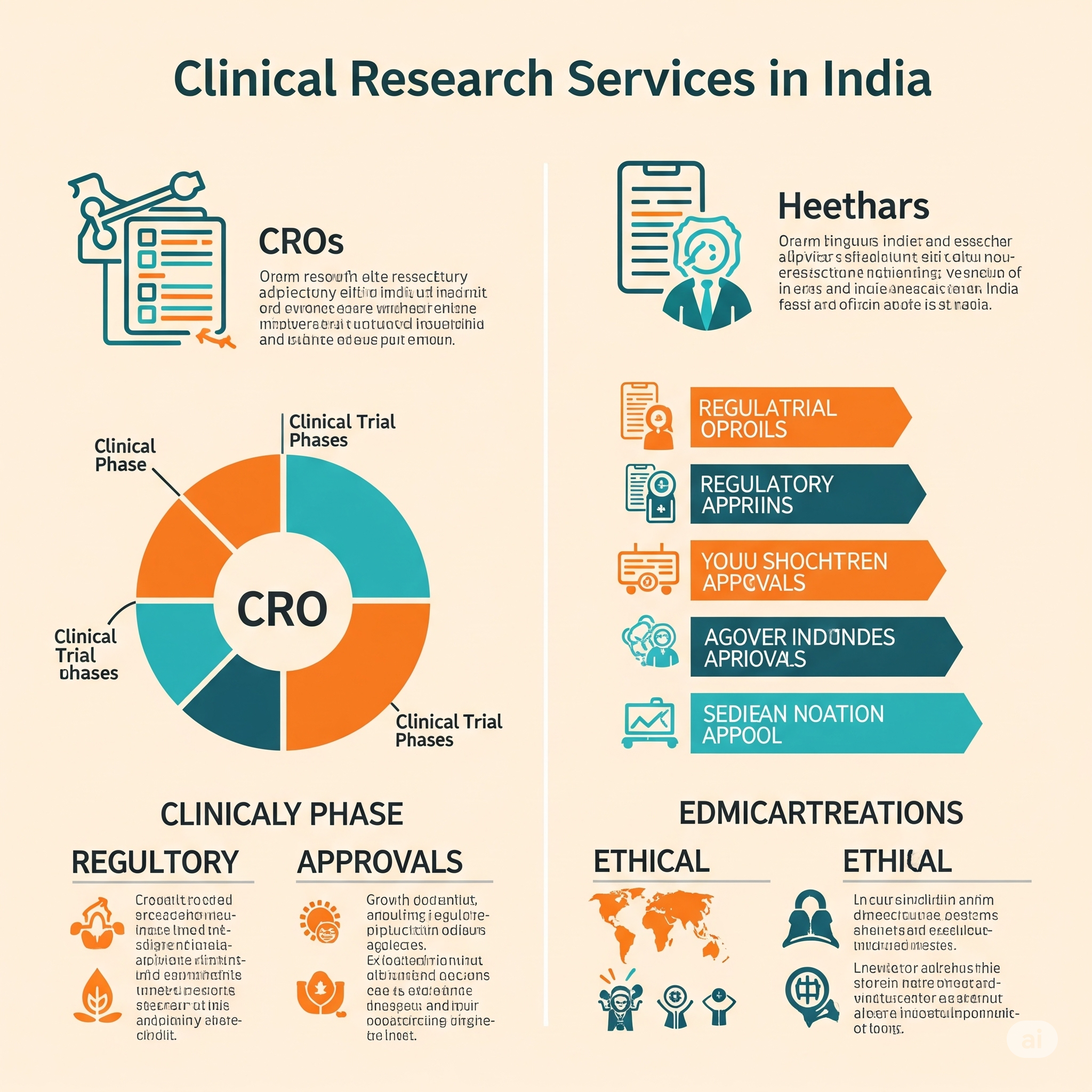Medical Device Registration in India

Strong 8k brings an ultra-HD IPTV experience to your living room and your pocket.
Navigating the Indian Market: Medical Device Registration in India
India's healthcare sector is experiencing rapid growth, driven by an increasing population, rising health awareness, and expanding medical infrastructure. This growth has fueled a significant demand for medical devices, making Medical Device Registration in India a critical process for manufacturers and importers alike.
The regulatory landscape, primarily governed by the Central Drugs Standard Control Organization (CDSCO) under the Ministry of Health & Family Welfare, has evolved considerably with the implementation of the Medical Device Rules, 2017 (MDR 2017). This framework aims to ensure the safety, quality, and performance of all medical devices available in the Indian market.
Historically, medical devices were regulated under the Drugs and Cosmetics Act, 1940, treating them akin to pharmaceuticals. However, recognizing the unique characteristics and risks associated with medical devices, the Indian government introduced the comprehensive MDR 2017, bringing greater clarity and a more harmonized approach with international regulatory practices. Understanding the nuances of Medical Device Registration in India is paramount for successful market entry and sustained compliance.
Classification and Regulatory Pathways
A fundamental aspect of Medical Device Registration in India is the classification of devices based on their risk level. The MDR 2017 categorizes medical devices into four classes:
Class A (Low Risk): Examples include bandages, crutches, and surgical scalpels (non-sterile/non-measuring).
Class B (Low-Moderate Risk): This includes devices like hypodermic needles, suction equipment, and certain thermometers.
Class C (Moderate-High Risk): Devices such as bone fixation plates, ventilators, and infusion pumps fall under this category.
Class D (High Risk): Critical devices like pacemakers, heart valves, and implantable defibrillators are classified as Class D.
The classification dictates the regulatory pathway and the licensing authority. While Class A and B devices generally fall under the purview of State Licensing Authorities (SLA), Class C and D devices require approval from the Central Licensing Authority (CLA) at the CDSCO. This structured classification streamlines the Medical Device Registration in India process according to the inherent risks of the device.
Key Steps in Medical Device Registration
1. Appointment of an Indian Authorized Agent (for Foreign Manufacturers): For foreign manufacturers seeking Medical Device Registration in India, appointing a local Indian Authorized Agent (IAA) is mandatory. This agent acts as the official representative, responsible for all communication with the CDSCO, submitting applications, holding the license, and managing post-market surveillance activities. The IAA must possess a valid wholesale or manufacturing license in India.
2. Device Classification and Documentation: Manufacturers must accurately classify their medical device according to the MDR 2017. This critical step determines the required documentation and the applicable fees. A comprehensive Device Master File (DMF) for each product and a Plant Master File (PMF) detailing the manufacturing facility are essential. These documents must include details on the device's generic name, model number, intended use, materials, dimensions, shelf life, and sterilization status. Furthermore, proof of approval from a recognized reference country (USA, EU, UK, Canada, Australia, Japan) can significantly expedite the Medical Device Registration in India process for imported devices.
3. Online Application via SUGAM Portal: All applications for Medical Device Registration in India are submitted electronically through the CDSCO's online portal, "SUGAM." This portal facilitates the submission of the Device Master File (DMF), Plant Master File (PMF), and other supporting documents, including ISO 13485 certification, Free Sale Certificate (FSC) from the country of origin, CE Certificates (if applicable), and a Power of Attorney for the IAA.
4. Quality Management System (QMS) Compliance: Adherence to Quality Management System (QMS) standards, specifically ISO 13485:2016, is a cornerstone of Medical Device Registration in India. Manufacturers must demonstrate robust QMS processes to ensure consistent quality and safety. For Indian manufacturers, the manufacturing facilities may be audited by a Notified Body registered with the CDSCO, or by the licensing authority directly, especially for Class C and D devices.
5. Import and Manufacturing Licenses: For imported medical devices, obtaining an Import License (Form MD-15) by submitting an application in Form MD-14 is crucial. For devices manufactured within India, a manufacturing license is required. For Class A and B devices, the manufacturing license (Form MD-5) is issued by the SLA based on Form MD-3. For Class C and D devices, the CLA issues the manufacturing license (Form MD-9) based on Form MD-7 or MD-8. These licenses are typically valid for five years and require periodic renewal, a key aspect of maintaining Medical Device Registration in India.
6. Post-Market Surveillance: The responsibilities associated with Medical Device Registration in India extend beyond initial approval. Manufacturers are obligated to establish and maintain a robust post-market surveillance system. This includes reporting adverse events, conducting continuous monitoring of device performance, and submitting periodic safety update reports to the CDSCO. This ongoing vigilance is critical for ensuring patient safety and device effectiveness throughout its lifecycle.
In conclusion, Medical Device Registration in India is a multi-faceted process demanding meticulous preparation and adherence to stringent regulatory requirements. The Medical Device Rules, 2017, have brought increased rigor and clarity to the system, emphasizing device safety, quality, and performance. For both domestic and international players, a thorough understanding of device classification, documentation requirements, online application procedures, and ongoing compliance obligations is indispensable for successful market access and sustained presence in India's burgeoning medical device sector. Engaging with experienced regulatory consultants can significantly streamline this complex journey and ensure seamless Medical Device Registration in India.
Our Service -
CDSCO Authorized Agent and Drug Licensing Services in India
Note: IndiBlogHub features both user-submitted and editorial content. We do not verify third-party contributions. Read our Disclaimer and Privacy Policyfor details.







